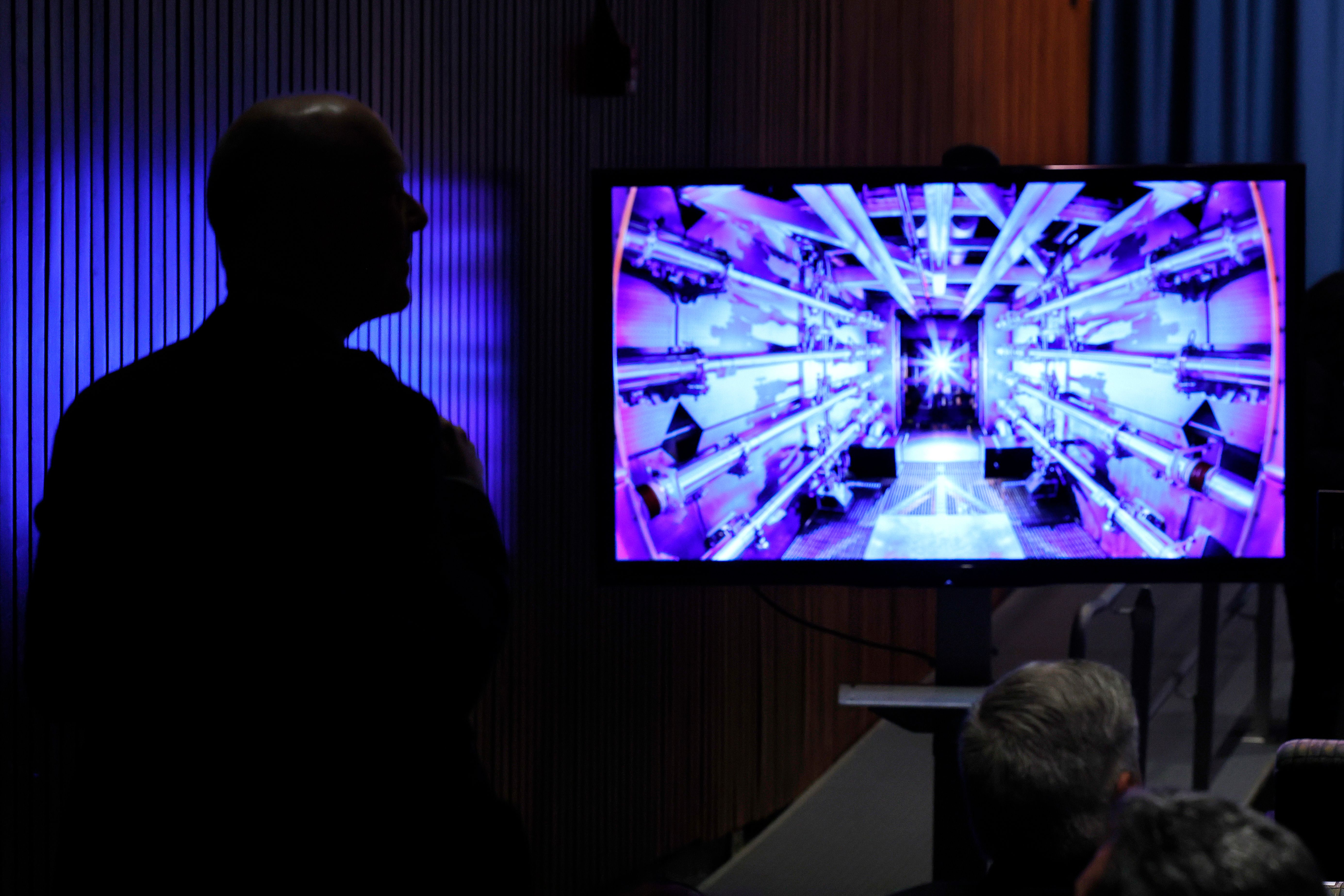The Department of Energy just dropped an ambitious roadmap to get fusion power plants online by the mid-2030s, complete with AI-powered research hubs and partnerships with Google and Microsoft. But there's a catch that renders the whole thing mostly symbolic: the DOE admits it doesn't have the money to actually fund any of this.
The Department of Energy just threw down the gauntlet on America's fusion future, but forgot to bring its wallet. The agency's new fusion roadmap promises commercial-scale fusion power by the mid-2030s, positioning the US as the global leader in what could be the most transformative energy technology since electricity itself. Yet the document comes with a glaring disclaimer that might as well be written in flashing neon: no funding committed.
The timing couldn't be more telling. As Google and Microsoft scramble to power their AI data centers with enough electricity to run small countries, fusion has suddenly become the holy grail everyone's chasing. The generative AI boom has created an energy crunch so severe that tech giants are literally pre-ordering electricity from fusion plants that don't exist yet.
According to DOE estimates, more than $9 billion in private investment has already poured into fusion demonstrations and prototype reactors. That's serious money from serious players - Sam Altman, Bill Gates, and Jeff Bezos have all backed different fusion startups, essentially betting their reputations on solving a problem that's stumped scientists for nearly a century.
But private money can only go so far when you're trying to replicate the conditions inside a star. The DOE roadmap identifies massive infrastructure gaps that only government coordination can fill - things like producing and recycling fusion fuels, developing materials that can withstand stellar-level heat and pressure, and building the specialized workforce needed to run these facilities.
Here's where it gets interesting: the roadmap dedicates an entire section to AI as a "transformative tool for fusion energy." The plan calls for regional innovation hubs where Nvidia, IBM, and the Princeton Plasma Physics Laboratory would collaborate on something called Stellar-AI - an "AI-optimized fusion-centric supercomputing cluster" that sounds like something out of science fiction.
The AI angle isn't just buzzword bingo. Researchers are using AI models to create digital twins of experimental facilities, potentially accelerating the traditionally glacial pace of fusion research. When you're dealing with reactions that require 100 million degrees Celsius, being able to simulate before you build could save decades and billions of dollars.





